Linear LED lighting has grown into a popular choice for modern lighting designs. They offer a wide range of versatility and help create an energy efficient environment. The global linear lighting market reflects this trend, growing from $23.56 billion in 2024 to an expected $40.15 billion by 2029, driven by trends such as smart lighting integration, connected systems, and sustainable designs.
Types of Linear Lighting Fixtures
Linear LED Lighting comes in several main types, each offering specific advantages depending on the installation needs and design goals.
Surface Mounted Linear Lighting
Surface-mounted linear fixtures are installed directly onto ceilings or walls. They offer a more traditional appearance while benefiting from modern slimline designs made possible by LEDs. Surface mounting is ideal for spaces where recessed installation is not feasible, such as buildings with exposed ceilings or minimal plenum space.
Recessed Linear Lighting
Recessed linear fixtures are embedded into the ceiling, wall, or even the floor. This style is popular for creating clean, uninterrupted lines of light, offering a minimalistic and modern appearance. Recessed lighting is often used in office spaces, hospitality areas, and residential interiors where a seamless look is preferred.
Suspended Linear Lighting
Suspended linear fixtures hang from the ceiling by rods or cables and are often used to add visual interest and depth to a space. These fixtures are ideal for buildings with higher ceilings, such as offices, lobbies, or retail environments, and can also be customized in various lengths and shapes to create dynamic designs.
LED Strip Lighting
LED strip lights are highly flexible and can be cut to specific lengths, making them suitable for accent lighting, under-cabinet lighting, and architectural features. They are a popular option for both commercial and residential applications where flexibility and ease of installation are key.
Magnetic Track Linear Systems
Magnetic track lighting systems use low-voltage magnetic tracks that allow fixtures to be easily moved and reconfigured without tools. These systems provide a modular and versatile option for galleries, retail spaces, and offices that may require frequent lighting adjustments.
Applications for Linear Lighting
Linear LED Lighting has become a staple across a wide variety of building types and industries thanks to its clean aesthetics, flexibility, and performance.
In retail environments, linear lighting is used extensively to enhance visual merchandising. Fixtures can be suspended to spotlight product displays, recessed into ceilings for a seamless shopping experience, or incorporated into shelving units for accent lighting. Consistent, bright lighting helps attract customers’ attention to merchandise while creating an inviting atmosphere.
Offices often rely on linear LED lighting to provide uniform illumination that reduces glare and eye strain, which is critical for maintaining employee productivity. Recessed linear lighting is favored for open-plan offices, conference rooms, and collaborative spaces, creating a modern, minimalist appearance that supports a clean working environment. Suspended linear fixtures are frequently used in spaces with high ceilings to lower the plane of light and maintain comfortable brightness levels at desk height.
In hospitality settings like hotels, restaurants, and lounges, linear lighting contributes to ambiance and wayfinding. Warm CCT options are used in lobbies and dining areas to create a welcoming environment, while cooler tones might be applied in gyms or kitchens where brighter, energizing light is needed.
Educational institutions use linear lighting to achieve even light distribution in classrooms, lecture halls, and libraries. This reduces eye fatigue for students and creates optimal learning conditions.
Healthcare facilities, including hospitals and clinics, benefit from linear lighting by ensuring hygienic, glare-free environments. Recessed and surface-mounted linear LEDs provide bright, continuous illumination necessary for both patient care and administrative areas, often integrated with smart controls for flexible operation.
Industrial spaces like warehouses, manufacturing facilities, and distribution centers use robust linear lighting fixtures to maximize visibility and safety. High-bay linear LED fixtures are common in spaces with tall ceilings, offering energy-efficient alternatives to traditional fluorescent or metal halide systems.
Did you know we have an Education Center that offers in-depth looks at top facility services and even products? You can find interactive sections on Lighting and LED Product Education, LED Retrofit Education, Lighting Controls, and even a whole section on RFP development.
Linear Lighting Technology
Some key technological features include:
- LED Integration: Linear LED Lighting uses highly efficient LED chips that deliver bright, uniform light while consuming significantly less energy than traditional lighting systems.
- Customizable CRI and CCT: Newer Linear LED Solutions allow users to select specific Color Rendering Index (CRI) levels for enhanced color accuracy and Correlated Color Temperature (CCT) ranges to create the desired ambiance, from warm to cool white tones.
- Lighting Controls: Many linear LED fixtures come with integrated dimming capabilities, allowing for adjustable brightness to match different tasks and settings.
- Smart Controls and Wireless Connectivity: Linear LED Lighting can now be connected to smart building systems. Wireless controls enable remote operation, scheduling, energy monitoring, and integration into larger Internet of Things (IoT) ecosystems.
- Customizable Solutions: Modular designs allow for varied lengths, light outputs, beam angles, and installation methods, making it easy to tailor linear lighting systems to specific project needs.
- Tunable White and Dynamic Color Options: Some systems provide tunable white technology, allowing adjustments between warm and cool color temperatures throughout the day. Dynamic RGB color options are also available for mood lighting and creative applications.
Benefits of Linear Lighting
Lower cost and ROI: Initial investments in Linear LED Solutions quickly pay off through energy savings and reduced maintenance expenses. The average return on investment (ROI) for LED installations is typically about a year or less, depending on usage, local utility rates, and available rebates for DLC-certified products.
Reduced maintenance needs: LEDs have long lifespans, often exceeding 50,000 hours, minimizing the frequency and cost of replacements. This makes them ideal for high-use environments like commercial offices and industrial facilities.
Energy efficiency: Linear LED Lighting consumes significantly less power than fluorescent or incandescent options. Reduced energy usage not only lowers electricity bills but also supports sustainability goals and may qualify businesses for additional rebates and incentives.
Improved lighting quality: LEDs provide uniform, glare-free illumination, which is critical for safety, comfort, and task performance in work environments.
Design flexibility: With customizable lengths, outputs, color temperatures, and mounting styles, linear LED lights can enhance both the functionality and aesthetic appeal of any space.
Conclusion
Linear LEDs transform commercial lighting with their combination of versatility and energy efficiency. They have become a staple in lighting design for industries like retail, hospitality and office spaces. When paired with smart technology and lighting controls, linear LEDs will create a modern lighting experience.
Action Services Group offers expert advice on lighting design and LED retrofits to help you accomplish your goals. To speak with our specialists, call 610-558-9773, email [email protected], or schedule a call that fits your needs by clicking the button below.

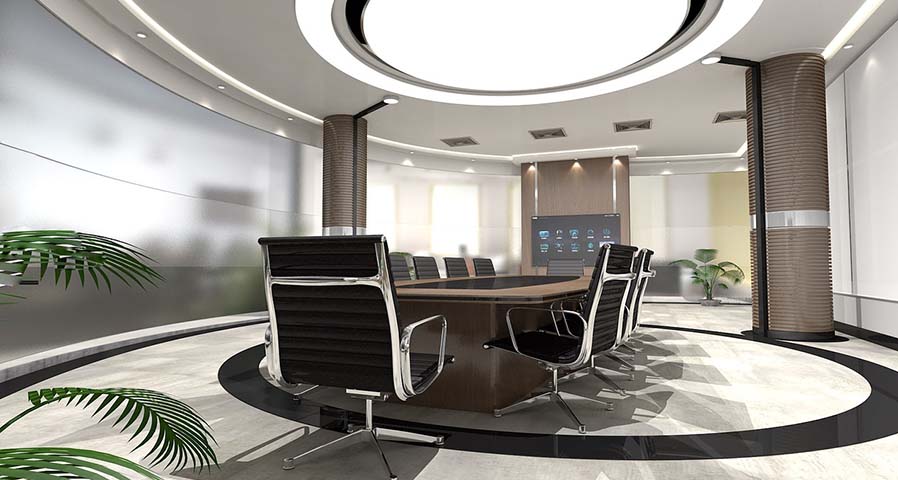
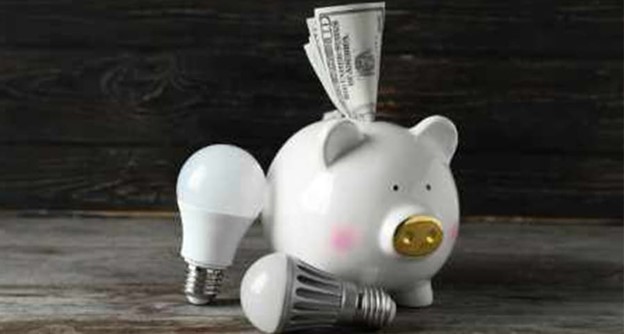
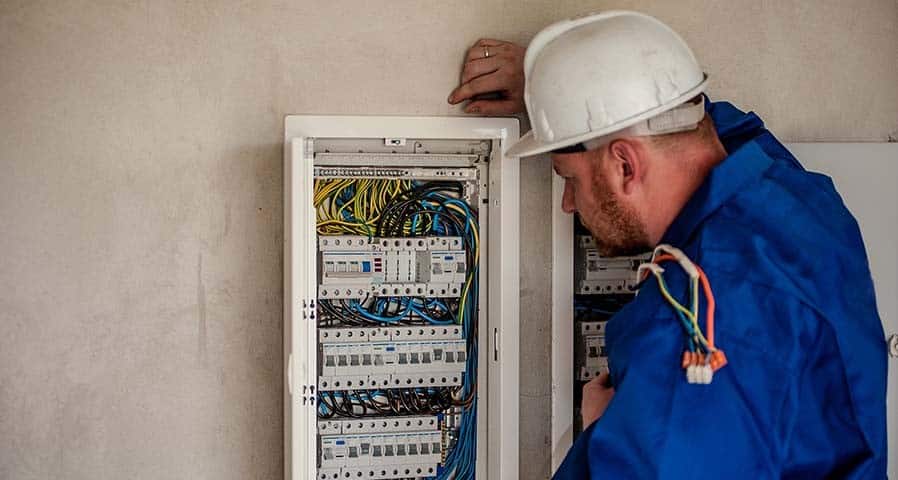
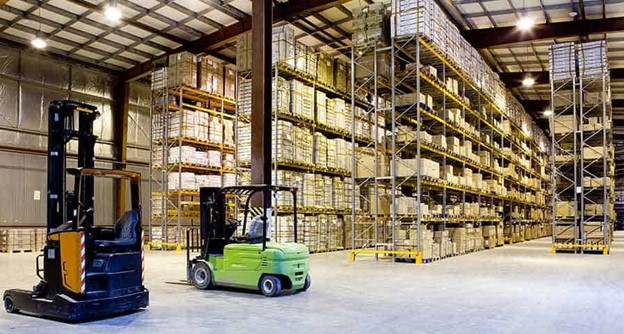
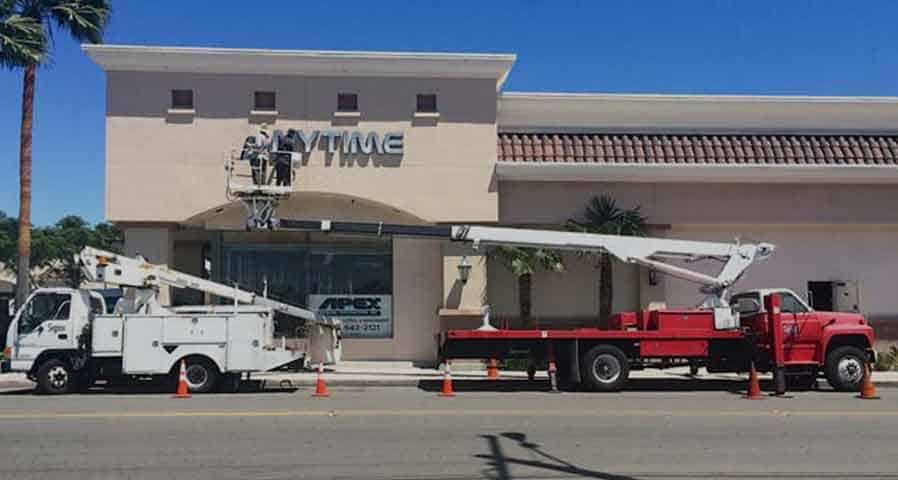

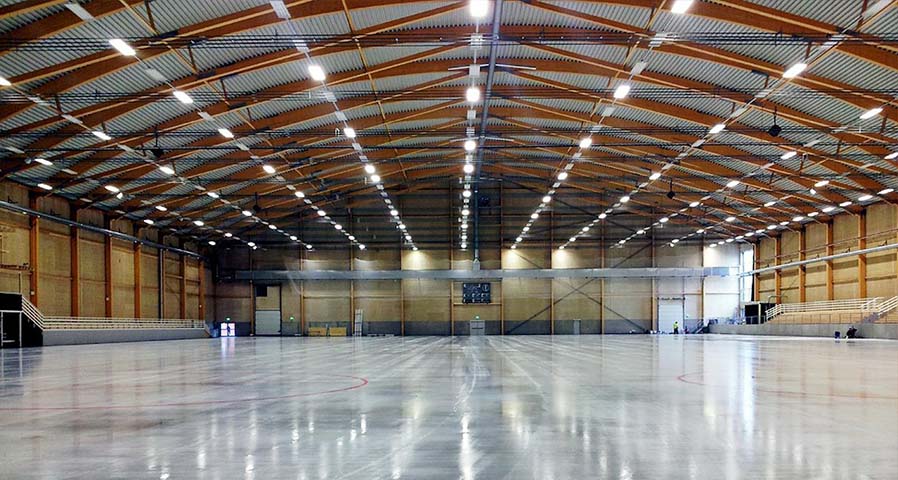
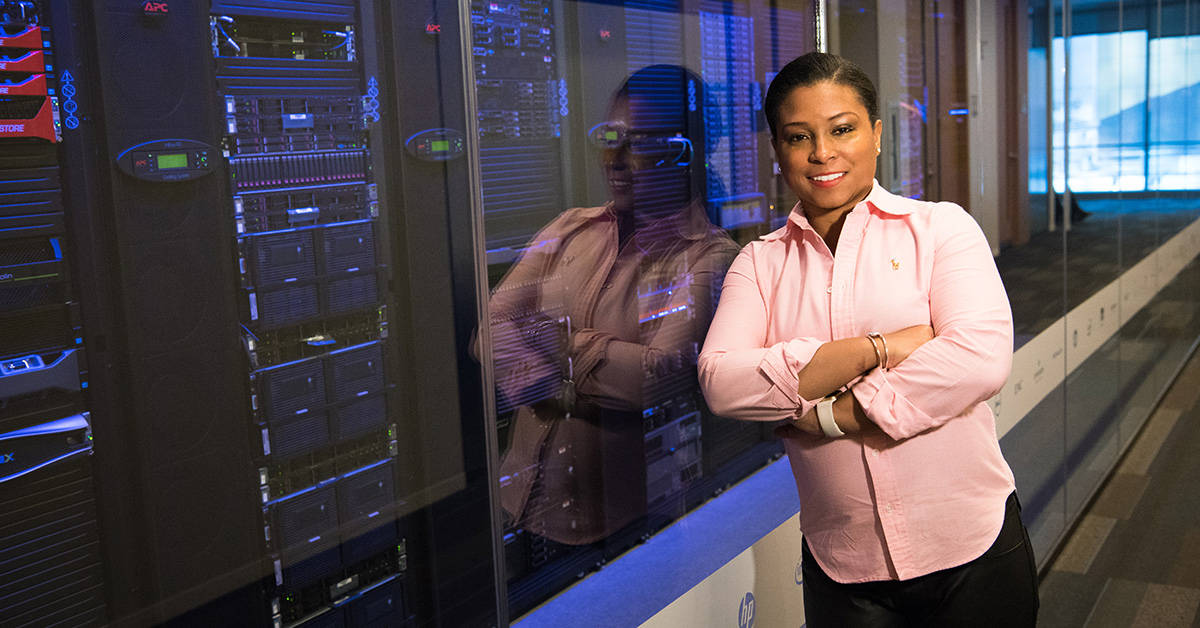






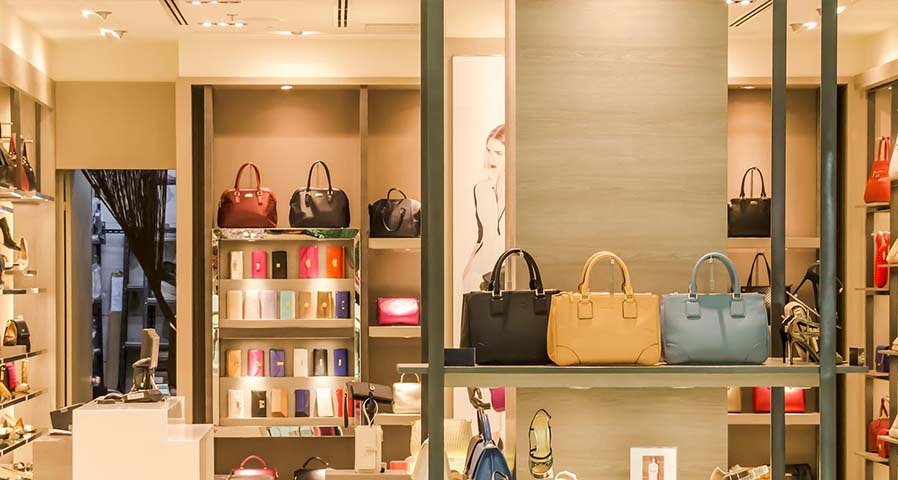
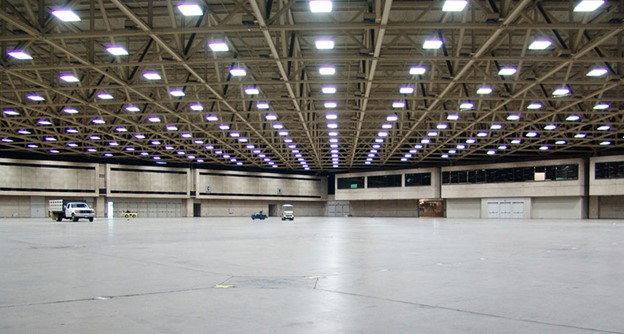
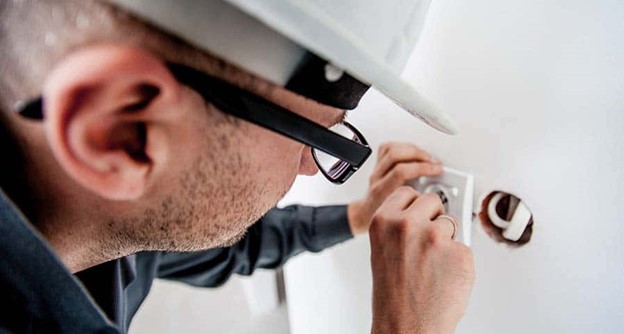
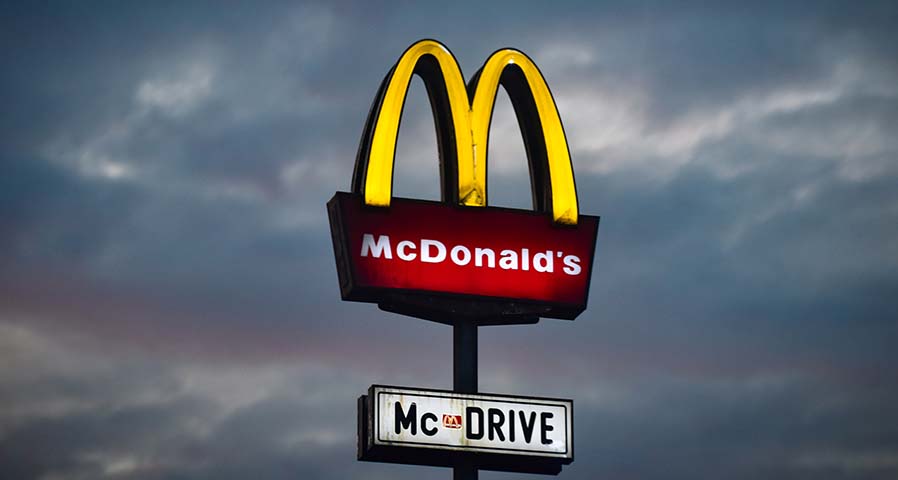
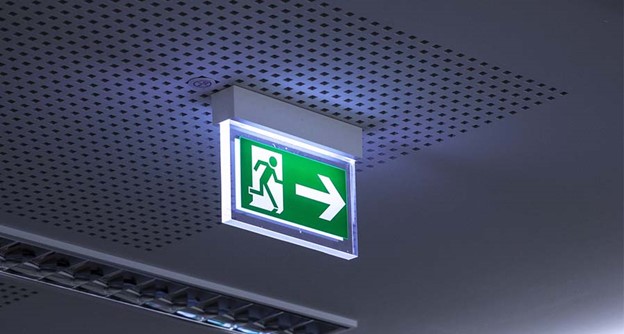
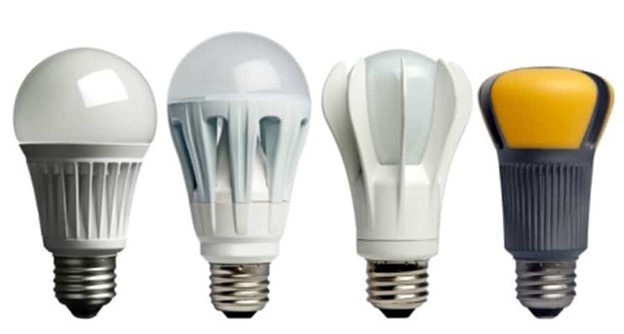
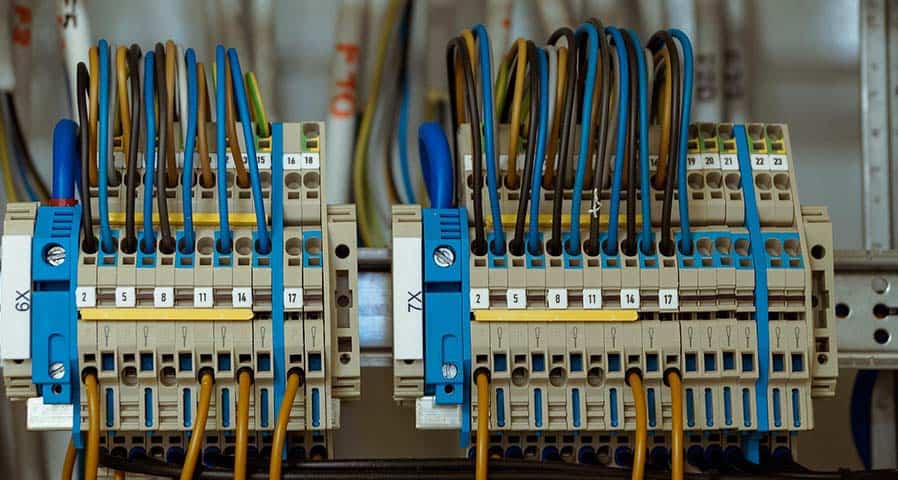

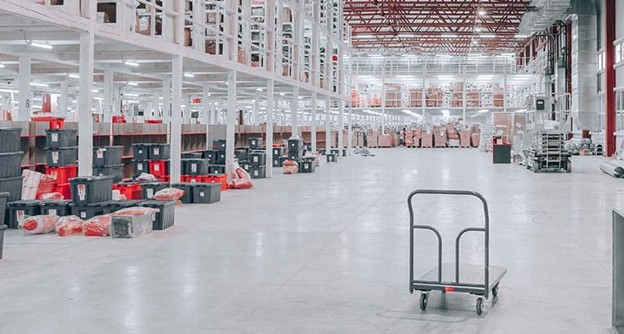

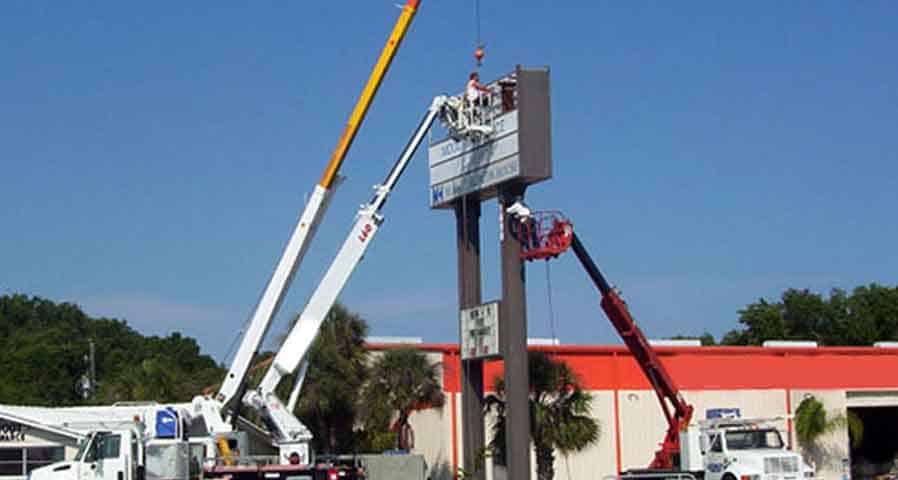

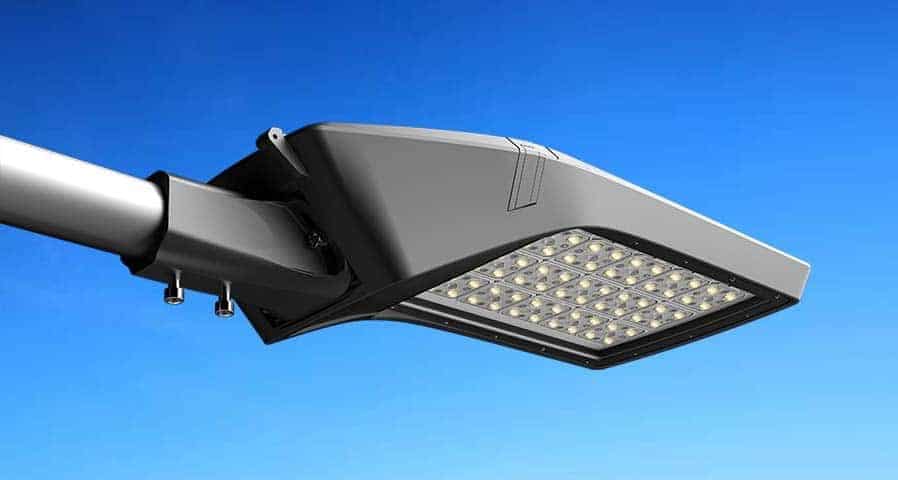
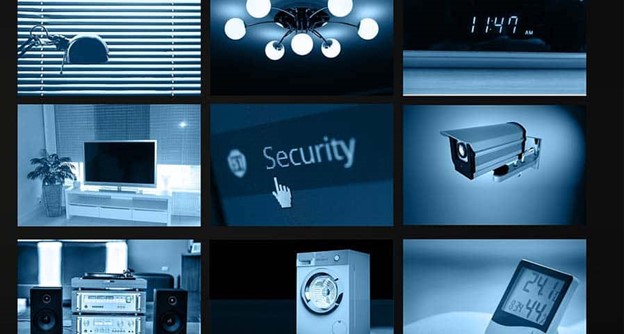

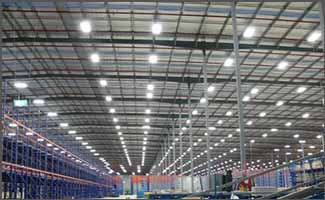
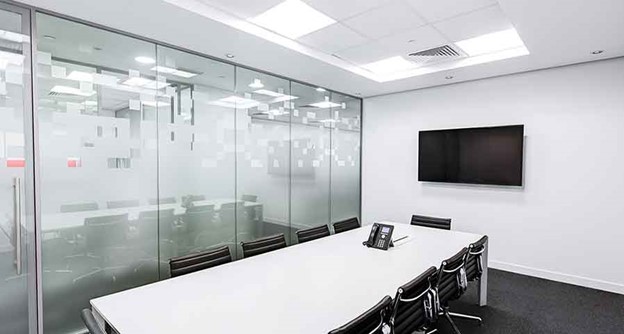






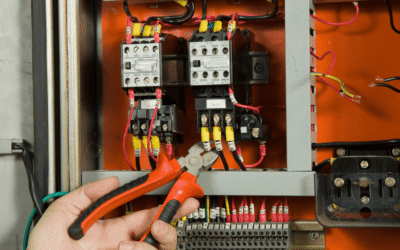
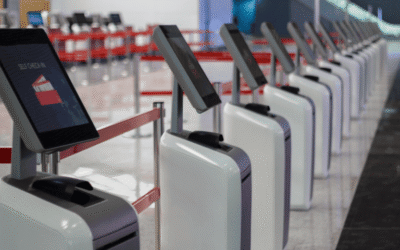


0 Comments